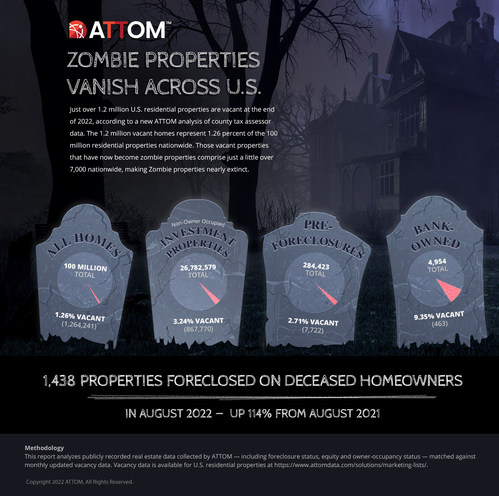Vacasa Reveals the 10 Best Places to Buy a Winter Vacation Home in 2022-23
Considering investing in a mountain view? Vacasa, North America’s leading vacation rental management platform, released its Best Places to Buy a Winter Vacation Home 2022-2023* report, ranking where prospective vacation home buyers can find snow-capped peaks and a desirable cap rate. Vacasa’s fourth annual top 10 list uses estimated cap rate, or the annual rate of return on investment, to help evaluate which winter markets could deliver the best returns for vacation rental
Read More









